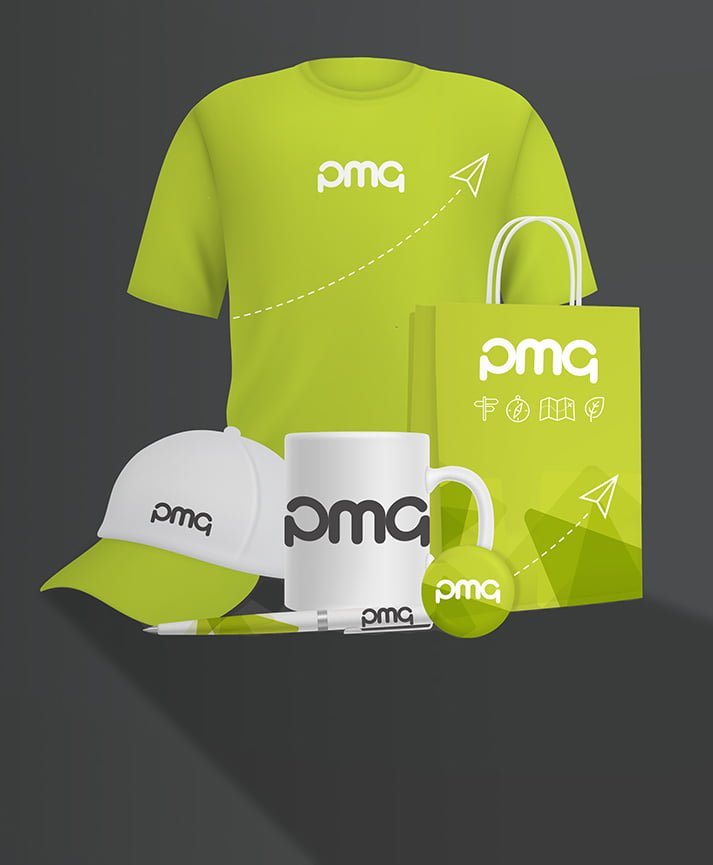
Despite the fact that 99% of European offices still use paper in some form, there are still many vocal opponents of print and its usefulness in the modern world. It’s often claimed that printing is an inefficient use of resources when compared with electronic equivalents. However, we’re here to argue that printing doesn’t have to be resource-intensive – the opposite, in fact, is more often the case. From the design stage through to the printing process, delivery and distribution, resources can be preserved through clever print management and other basic considerations. We’ll also examine the oft-overlooked environmental costs associated with relying solely on the digital counterparts to traditionally print-dominated areas of your business.
Cutting costs, ink and paper usage
Print management cuts costs for your company, meaning that your advertising, marketing and office budgets can go further. These costs are recuperated in many different areas of the printing and delivery process, through a centralised approach to printing, bulk discounts, combined deliveries and a reduction in resource use.
Our print inspection identifies inefficiencies in print design, ordering and the printing method itself. One of the most common and effective ways of saving you money on print is by cutting down the paper size of your various printed materials. We might also recommend measures such as using thinner or lower quality paper for internal admin than you would for marketing or advertising. These two approaches significantly reduce the resources that are required to print the materials. If you’re able to reduce paper size to a standard size, offcuts will be almost completely eliminated from the printing process, ensuring that all of the paper used in printing is utilised fully. Similarly, we can advise you in ways that you can cut down on the amount of ink that your print project uses – also saving you money.
Life cycle
If you’re still sceptical about whether print can ever be sustainable, consider the other environmental impacts of using print. If paper is sourced from FSC virgin wood, the trees themselves will come from a plantation designed specifically for paper production. When alive, the trees absorb carbon, helping to reduce your business’ carbon debt. FSC forests are sustainably managed, which means that trees are always replaced – there is no net deforestation from sustainable paper production. Our European FSC forests are actually increasing in size every year. What about once your printed materials have fulfilled their purpose? The vast majority of them will be able to be recycled, meaning that there’s a reduced need to cut down trees for further paper production. The entire life cycle of your office’s envelopes and brochures actually incurs very little environmental cost.
In contrast, in a paperless office you’ll likely be making more use of electrical items, appliances and the energy needed to power them. Although these appliances may wear out slowly, they’ll certainly still wear out eventually. Consider all the different components contained in the laptop you’re using. It’s likely it contains many rare earth metals that cost huge amounts of money and energy to extract. Furthermore, the electricity used to power them is hardly likely to be produced from a renewable source. Once this technology reaches the end of its lifespan (or before, if you just want to upgrade to a speedier model), some parts can be recycled. However, they can’t just be added to your normal office recycling bin. You’ll need to get a specialist collection service in, or take them to the recycling point itself. Many companies simply don’t bother with this and the technology heads to landfill, where many pollutants quickly make their way out of the appliances and into the soil – and eventually into a neighbouring river or watercourse.
All in all, it appears that print is actually far more environmentally friendly than going paperless, particularly if paired with savvy print management. Contact us now to see how we can make your print projects more efficient, saving resources and your budget.
















































